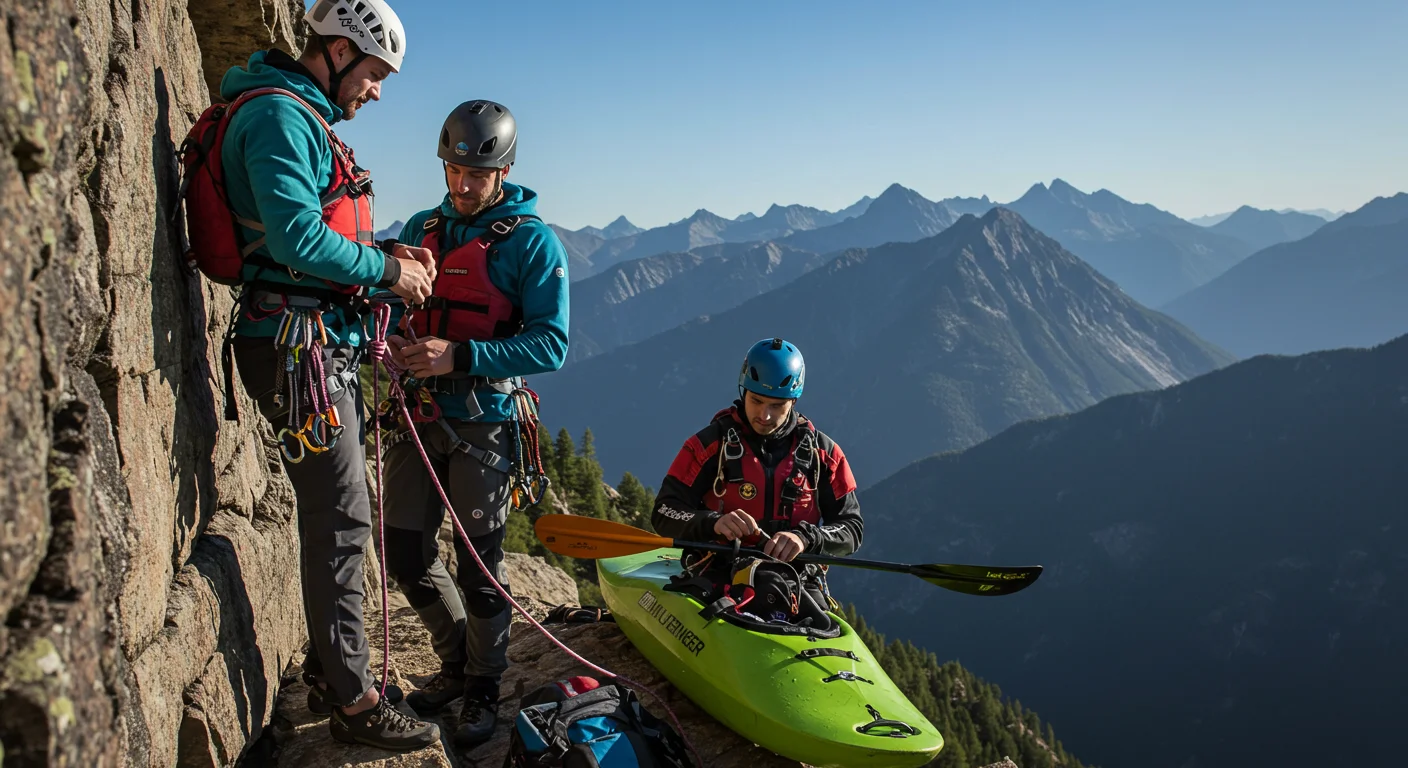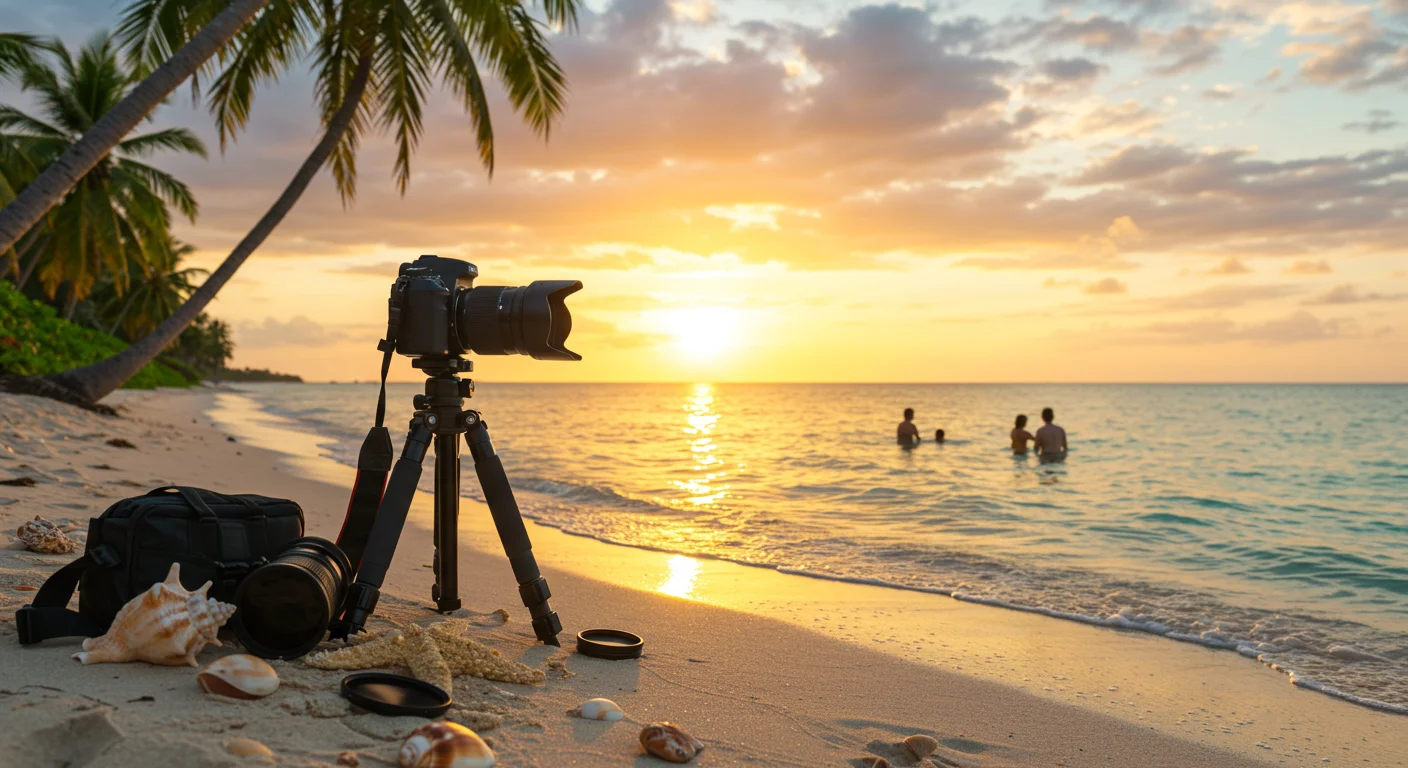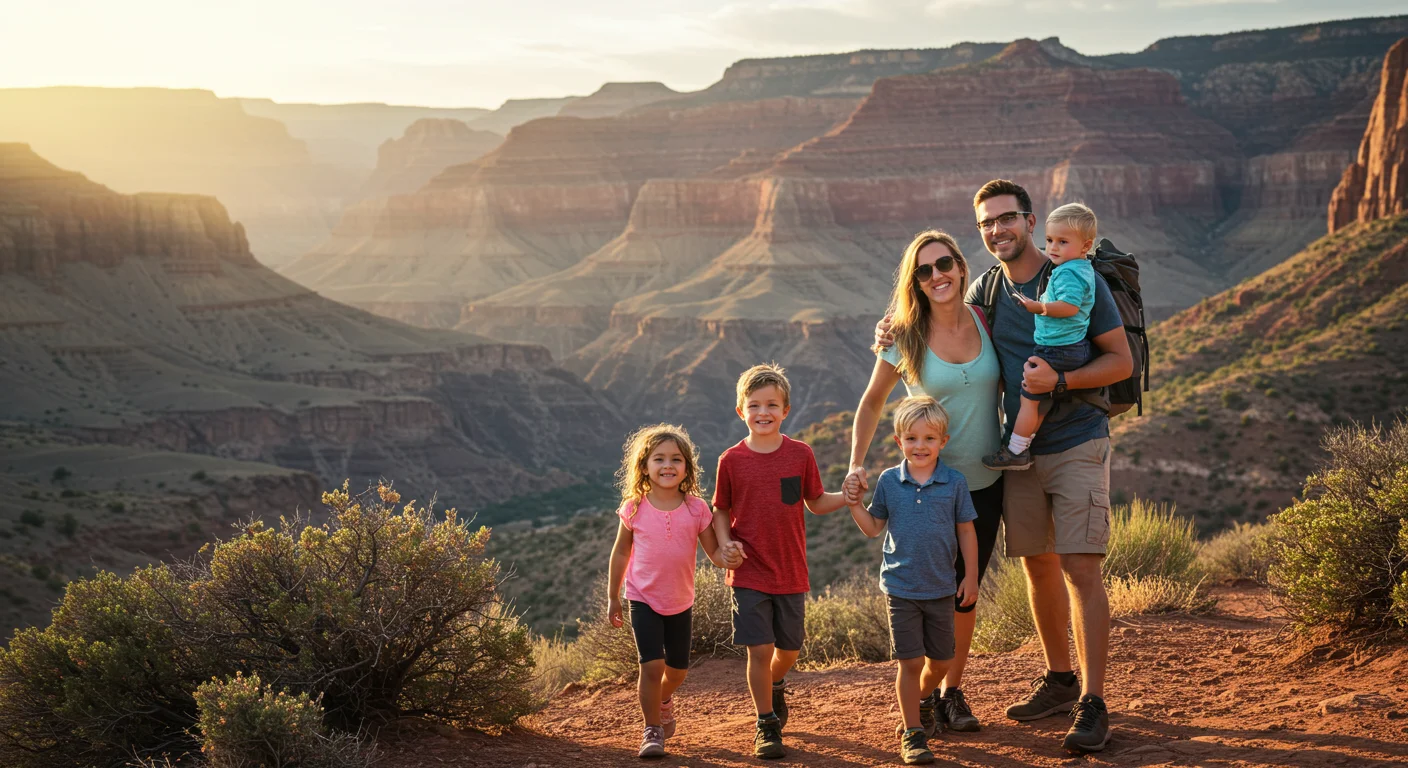Safety tips for extreme adventure activities help you enjoy thrills like bungee jumping or rock climbing without worry. Imagine soaring through a canyon or scaling a cliff, feeling safe and excited. This guide shares easy ways to stay secure during your wild adventures.
Why Safety Matters in Extreme Adventures
Extreme activities like skydiving or white-water rafting are super fun but can be risky if you’re not careful. Staying safe means you can focus on the excitement instead of getting hurt. Good safety habits let you try bold things with confidence.
Guides and gear keep you protected, but knowing what to do helps too. Whether you’re diving into caves or skiing steep slopes, these tips make your adventure awesome and worry-free for you and your family.
Choosing a Trusted Adventure Company
Picking a good company is a big part of safety. Look for ones with great reviews and trained guides. For example, a skydiving company should have new parachutes and safety checks. Ask about their rules before booking activities like rafting or bungee jumping.
- Check online reviews for happy customers.
- Make sure guides have training certificates.
- Ask how they check their gear, like ropes or helmets.
Checking Your Gear Before Starting
Safety tips for extreme adventure activities always include checking your gear. Helmets, harnesses, and ropes need to be strong and fit right. Before rock climbing, tug on your harness to make sure it’s tight. For scuba diving, test your oxygen tank with your guide.
Guides usually check gear, but it’s smart to double-check yourself. Look for cracks or worn-out parts on things like carabiners or life jackets. Good gear keeps you safe during fast or high activities like zip-lining or paragliding.
Listening to Your Guides
Guides are like teachers for adventures. They know how to keep you safe during things like rafting or caving. Listen closely when they explain rules, like how to paddle or hold a rope. Ask questions if you’re unsure about anything, like landing during skydiving.
- Follow every step the guide tells you.
- Stay close to the group during activities.
- Tell guides if you feel scared or unwell.
Preparing Your Body for Adventure
Being fit helps you stay safe during extreme activities. For example, strong legs make hiking steep trails easier, and good balance helps with surfing. Practice simple exercises like running or stretching a few weeks before your trip to get ready.
Eat healthy food and drink water to stay strong. Avoid heavy meals before activities like bungee jumping, as they can make you feel sick. Safety tips for extreme adventure activities include being in good shape so you can handle the fun.
Knowing Your Limits
Everyone has limits, and that’s okay. Don’t try something too hard, like climbing a super tall rock if you’re new. Start with easier activities, like short zip lines, before trying big ones like paragliding. Tell your guide if you’re not ready for something tough.
- Pick activities that match your skill level.
- Rest if you feel tired during a long adventure.
- Don’t push yourself just to keep up with others.
Watching the Weather
Weather can change fast and affect safety. Rain makes rocks slippery for climbing, and wind can be dangerous for skydiving. Check the weather forecast before your activity and listen to your guide if they say it’s not safe to go.
Bring gear like rain jackets or warm layers in case the weather shifts. Safety tips for extreme adventure activities mean being ready for sun, rain, or wind to keep your trip fun and secure.
Packing a Small Safety Kit
A small safety kit is handy for adventures. Pack these items for activities like hiking or rafting:
- Bandages for small cuts or blisters.
- Sunscreen to protect your skin.
- A whistle to signal for help.
- A small flashlight for dark places like caves.
This kit keeps you ready for little problems on the trail.
Staying Calm in Tough Moments
Sometimes adventures feel scary, like when rapids get fast during rafting. Staying calm helps you think clearly. Take deep breaths and focus on what your guide says. If you’re bungee jumping and feel nervous, count to three to build courage.
Practicing calm thinking makes you ready for surprises. Safety tips for extreme adventure activities include keeping a cool head so you can enjoy the thrill without panic.
Respecting Nature During Adventures
Extreme activities often happen in beautiful places like rivers or mountains. Keep them safe by following rules:
- Don’t leave trash, like wrappers, behind.
- Stay on marked trails to protect plants.
- Avoid touching animals or coral while diving.
Respecting nature keeps adventure spots awesome for everyone.
Why Safety Makes Adventures Better
Being safe lets you enjoy extreme activities without fear. You can focus on the fun of zooming down a zip line or paddling through rapids. Safety also protects guides and other adventurers, making the trip great for everyone.
Plus, safe habits let you try more adventures in the future. By following these tips, you support companies that care about safety and nature, helping keep these activities around for others.
Quick Summary: Safety Tips for Extreme Adventures
Here’s a quick recap of safety tips for extreme adventure activities:
- Choose trusted companies with trained guides.
- Check gear like harnesses or helmets before starting.
- Listen to guides and follow all rules.
- Stay fit, check weather, and pack a safety kit.
- Stay calm and respect nature during activities.
Use these tips to have a safe and thrilling adventure!




